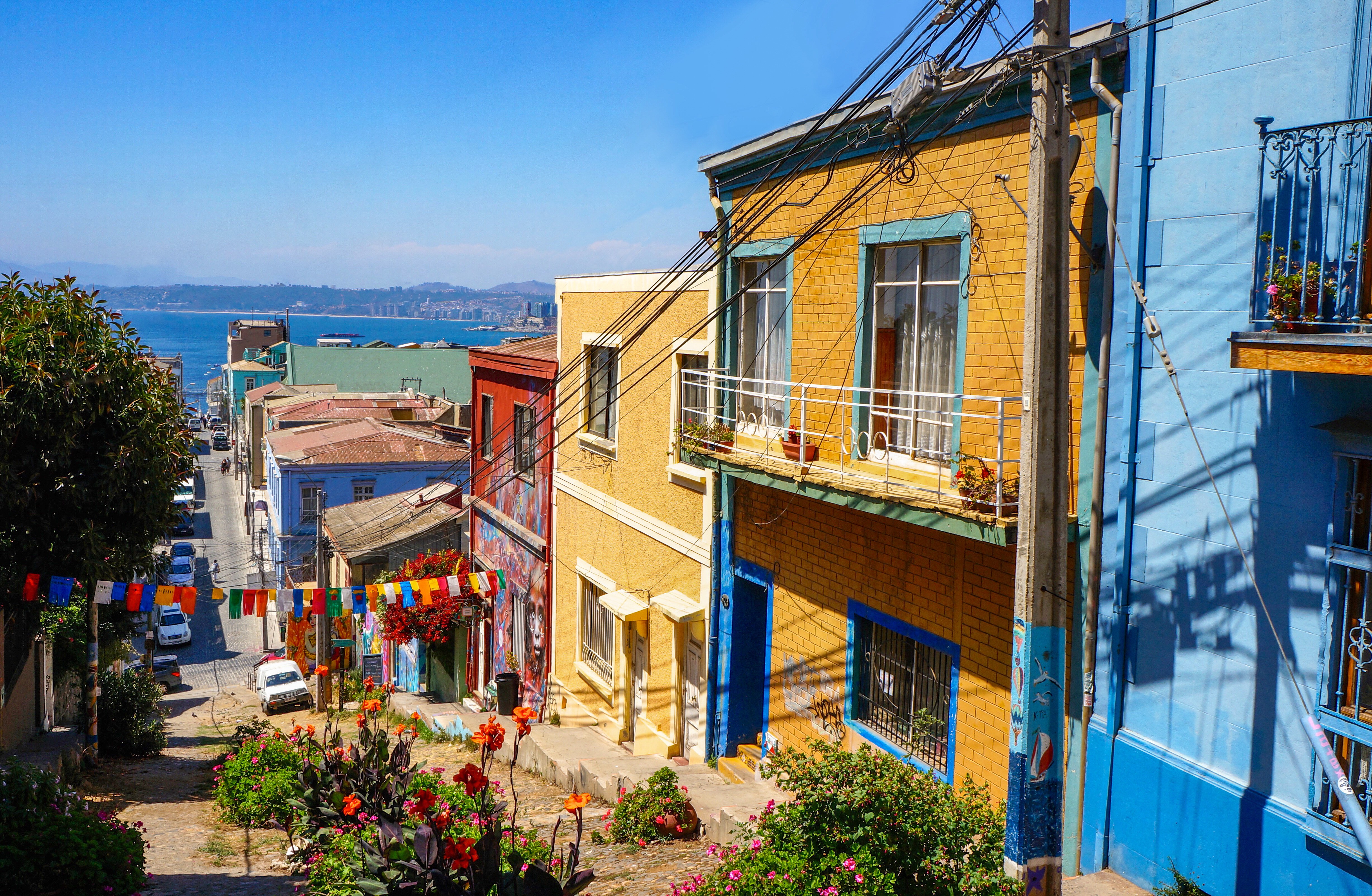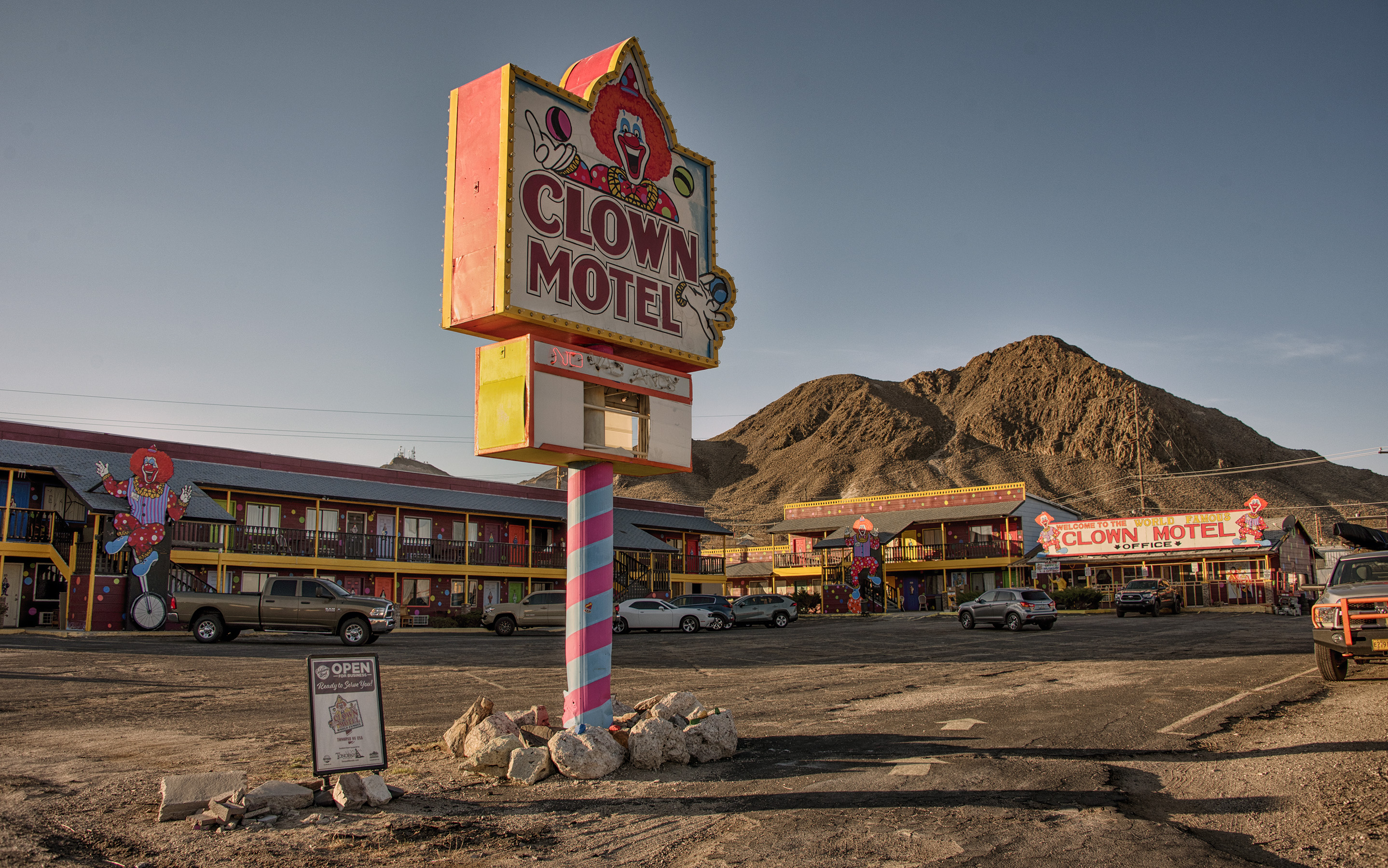The History of Iconic College Stadiums
College football isn’t just a game—it’s a heartbeat, a Saturday tradition, and for many, a lifelong allegiance. And at the center of it all? The stadiums. These aren’t just venues; they’re cathedrals of chaos and pride, where echoes of legendary plays and decades-old rivalries still hang in the air. From roaring student sections that shake the ground to architectural marvels that dominate skylines, these arenas are where the magic unfolds. It's not just about who wins—it’s about how you experience it: the chants, the tailgates, the chills when the fight song kicks in. We've expanded our list to spotlight 16 of the most iconic college football stadiums in America—places where tradition runs as deep as the end zones and every touchdown feels like a battle cry. Whether you're a diehard fan or just chasing goosebumps, these stadiums are proof that college football is more than sport—it’s soul.
1. The Coliseum's Legacy: USC's Memorial Coliseum

The Los Angeles Memorial Coliseum, home to the University of Southern California Trojans, stands as a monumental symbol of college football history. Opened in 1923, this stadium has witnessed some of the most significant moments in sports, including the 1932 and 1984 Olympics. Its unique architecture, featuring a peristyle end with Olympic rings, is a nod to its storied past. The Coliseum has hosted countless historic games, where the echoes of "Fight On" reverberate through the stands. The rivalry with UCLA is particularly intense, with each game adding a new chapter to the Coliseum's illustrious history, captivating fans and players alike.
2. The Big House: Michigan Stadium's Enormous Impact
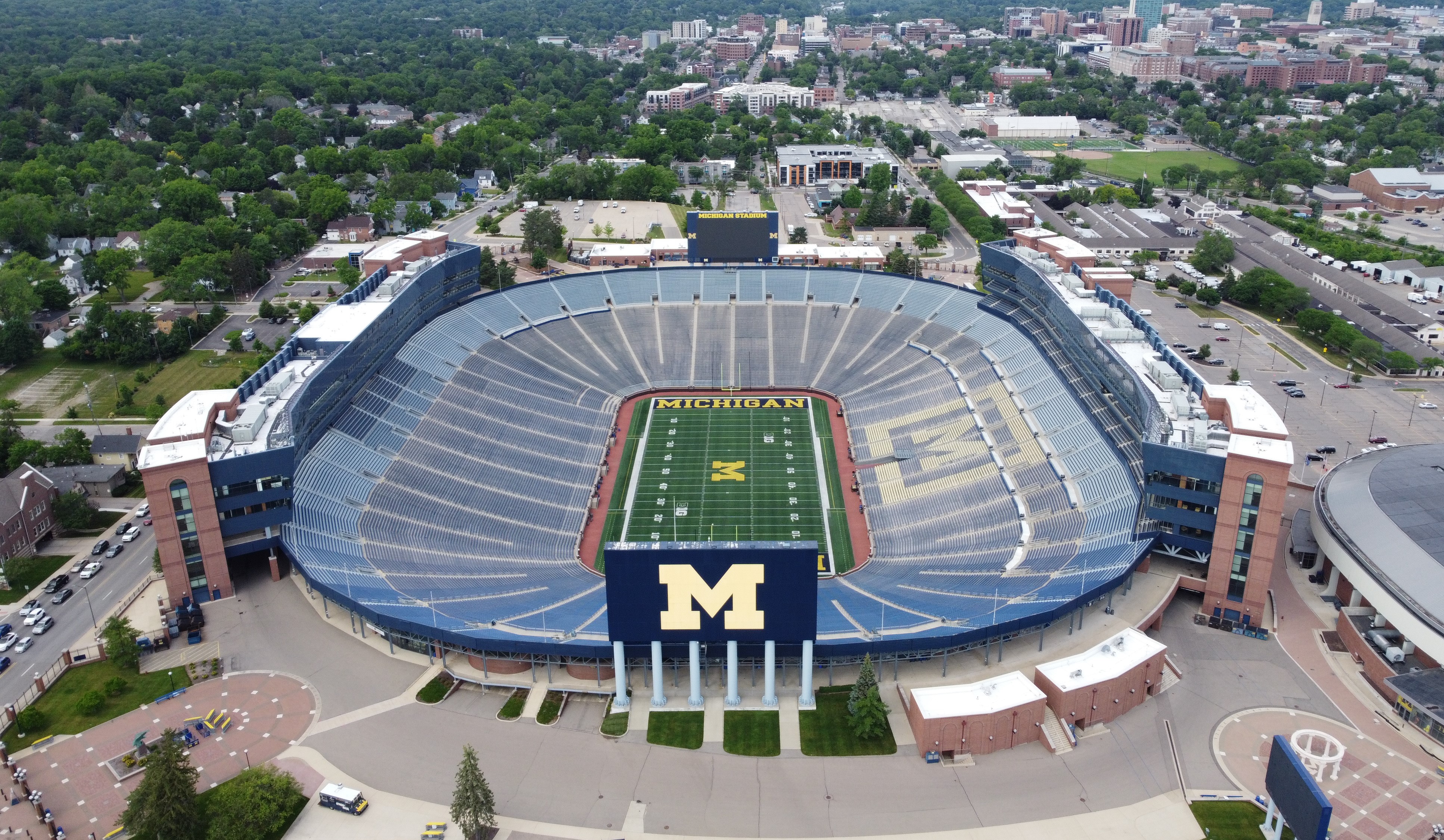
Michigan Stadium, affectionately known as "The Big House," is a colossus in the world of college football. Located in Ann Arbor, Michigan, it is the largest stadium in the United States, with a seating capacity exceeding 107,000. Since its opening in 1927, The Big House has been the stage for numerous unforgettable moments, especially the fierce rivalry games against Ohio State University. The stadium's design allows for an unparalleled fan experience, with every cheer echoing across the vast expanse. Its significance extends beyond the games, serving as a testament to the enduring passion and tradition of Michigan Wolverines football.
3. The Swamp: Florida's Cauldron of Noise
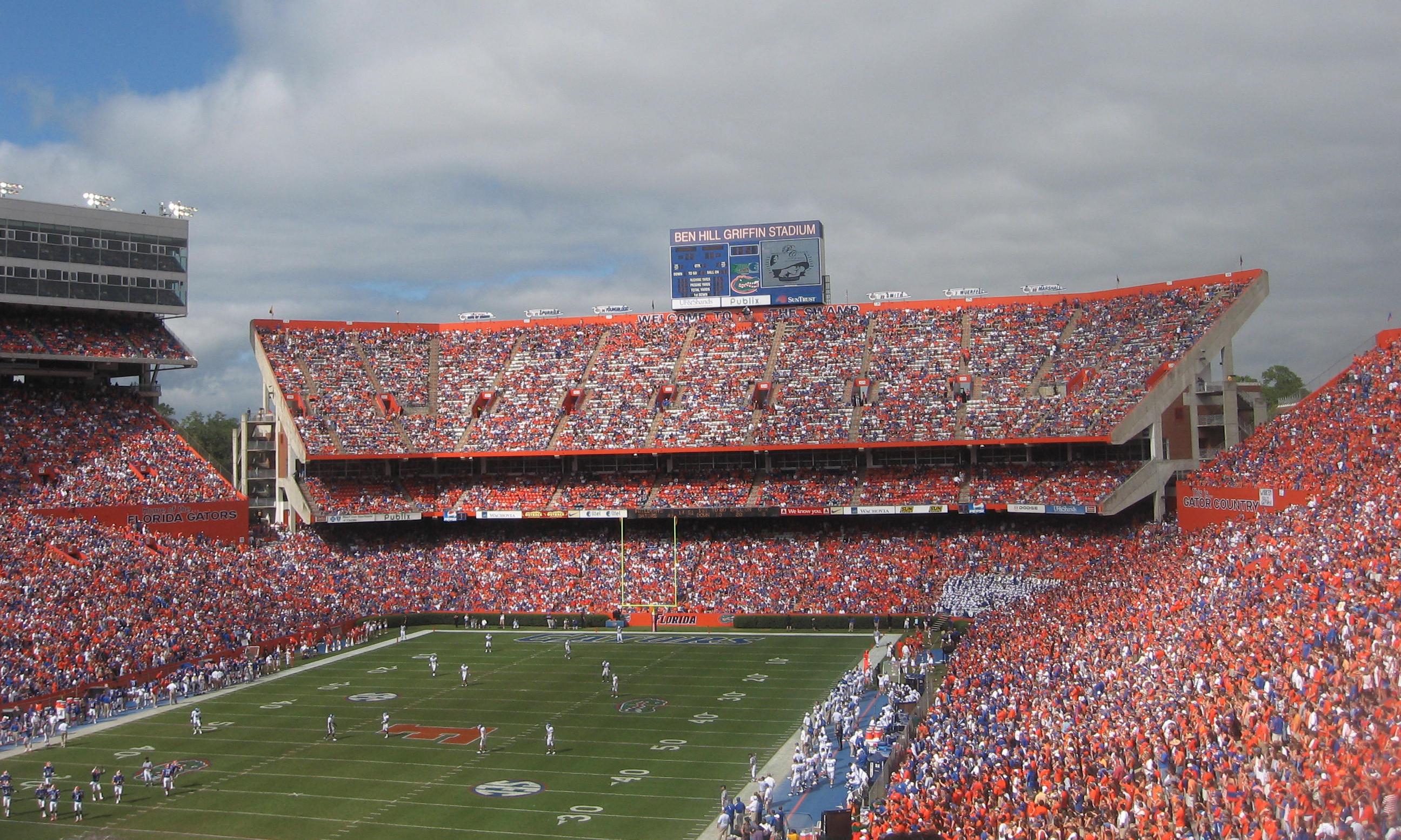
Ben Hill Griffin Stadium, known as "The Swamp," is the intimidating home of the University of Florida Gators. Situated in Gainesville, Florida, this stadium has been a fortress for the Gators since 1930. The Swamp is renowned for its deafening noise levels, a result of its unique design and the fervent support of the fans. The atmosphere during rivalry games, particularly against Florida State University, is electric, with the stadium's walls seeming to vibrate with anticipation and excitement. The Swamp's history is rich with tales of dramatic victories and heart-stopping moments, making it a revered venue in college football lore.
4. The Horseshoe: Ohio State's Architectural Marvel

Ohio Stadium, often referred to as "The Horseshoe," is an architectural and historical gem located in Columbus, Ohio. Since its opening in 1922, it has been the home of the Ohio State Buckeyes, a team with a storied legacy in college football. The Horseshoe's distinctive design and capacity of over 102,000 make it a formidable venue for visiting teams. The rivalry with Michigan is legendary, with each game drawing immense crowds and media attention. The stadium's rich history includes hosting numerous significant events, cementing its status as a cornerstone of college football tradition and excellence.
5. Tiger Stadium: Baton Rouge's Nighttime Fortress
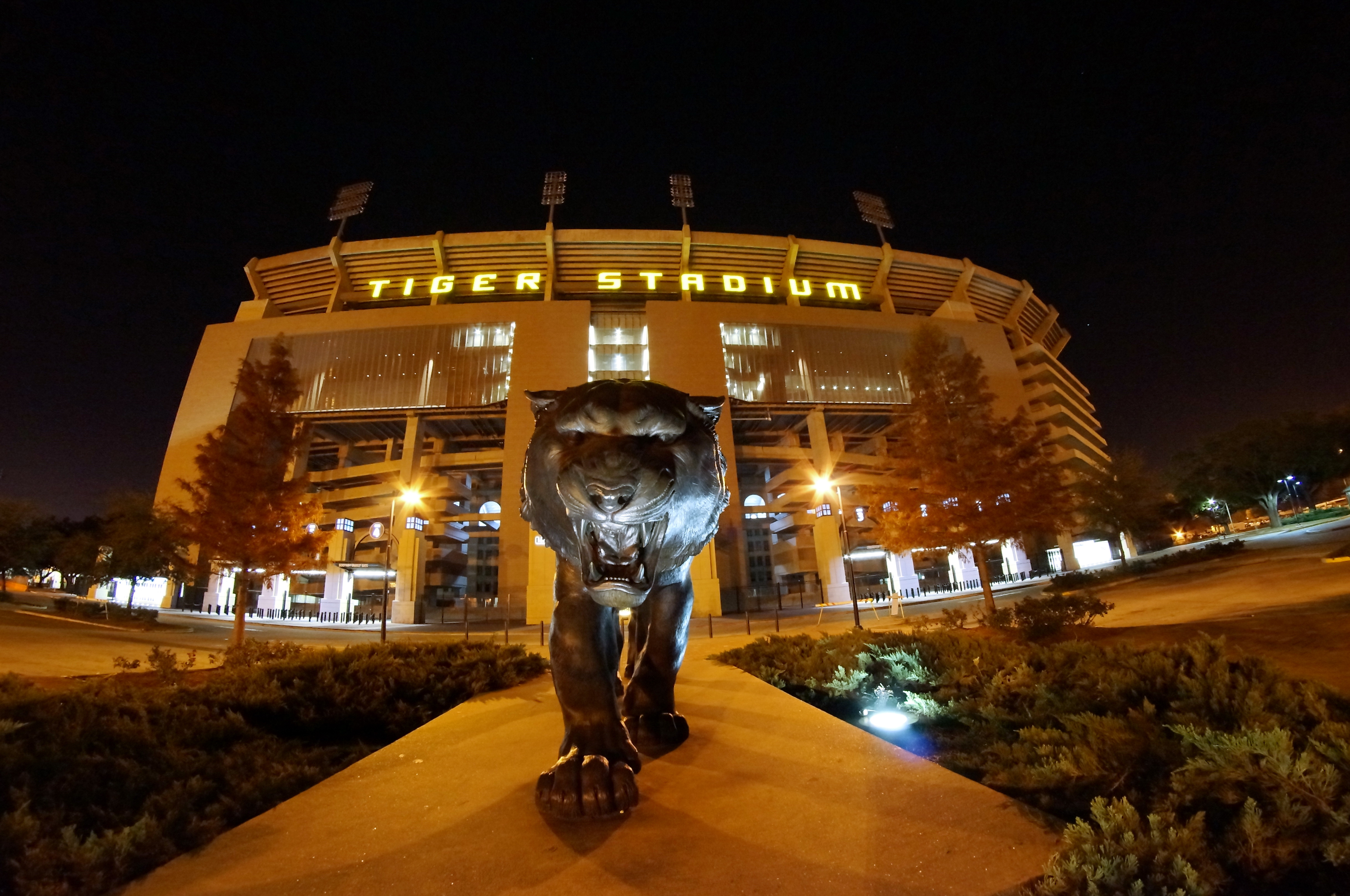
Tiger Stadium in Baton Rouge, Louisiana, is the hallowed ground of the LSU Tigers. Known for its electrifying night games, the stadium is often referred to as "Death Valley," a testament to its intimidating atmosphere. Since its opening in 1924, Tiger Stadium has been a cauldron of noise, with fans creating an environment that is both exhilarating and overwhelming for opponents. The rivalry games, especially against Alabama, are legendary, with the stadium coming alive with the roar of the crowd. The history of Tiger Stadium is one of passion and perseverance, making it a revered site in college football.
6. Notre Dame Stadium: A Cathedral of College Football
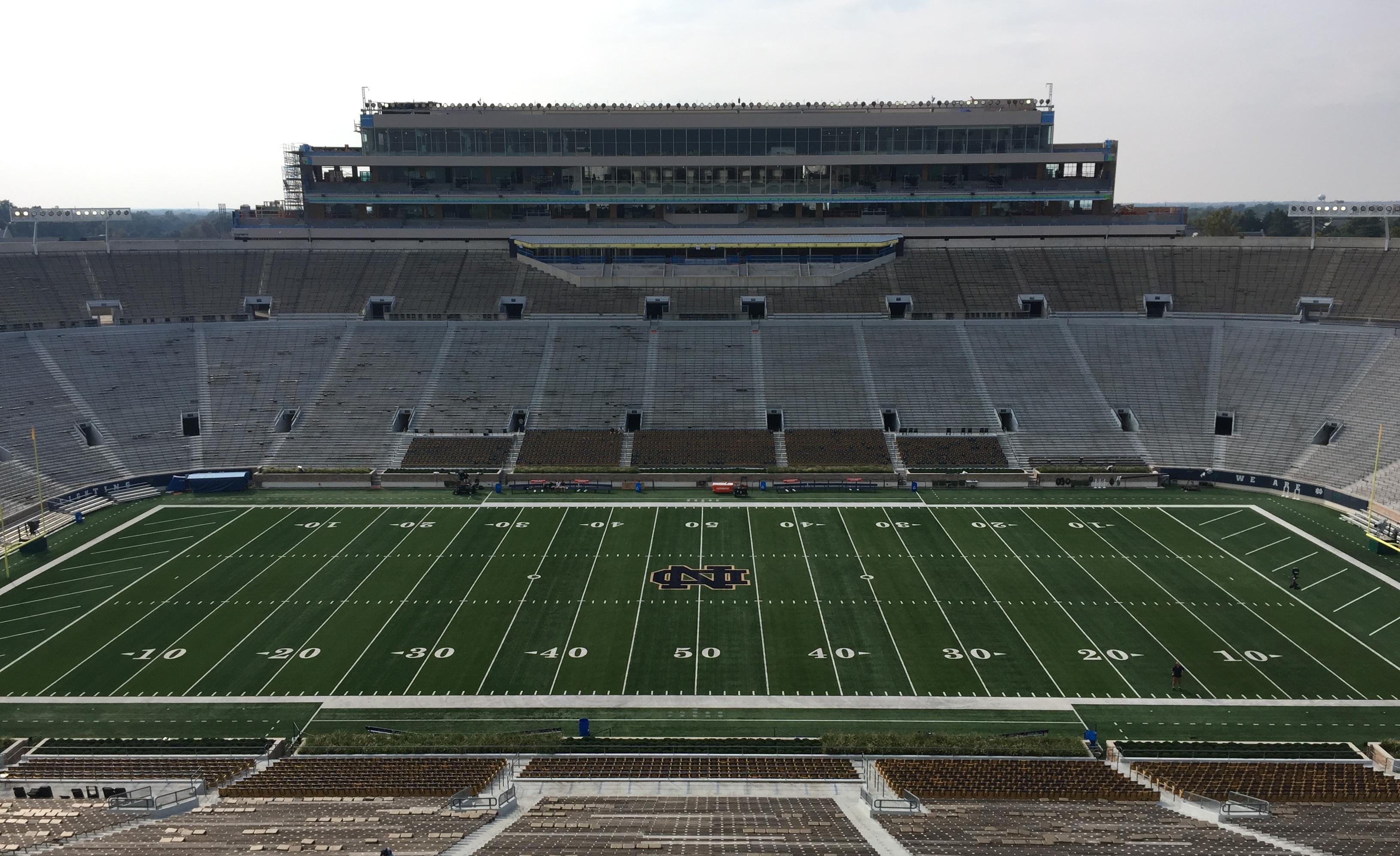
Notre Dame Stadium, in South Bend, Indiana, is often described as a cathedral of college football. Since its opening in 1930, it has been the home of the Fighting Irish, a team steeped in tradition and history. The stadium's design, inspired by the Romanesque architecture of the university's campus, provides a unique and intimate setting for games. The rivalry with USC is one of the most storied in college football, with each encounter adding to the stadium's rich legacy. Notre Dame Stadium is not just a place for football; it is a symbol of the enduring spirit and tradition of the university and its fans.
7. Kyle Field: The 12th Man's Fortress
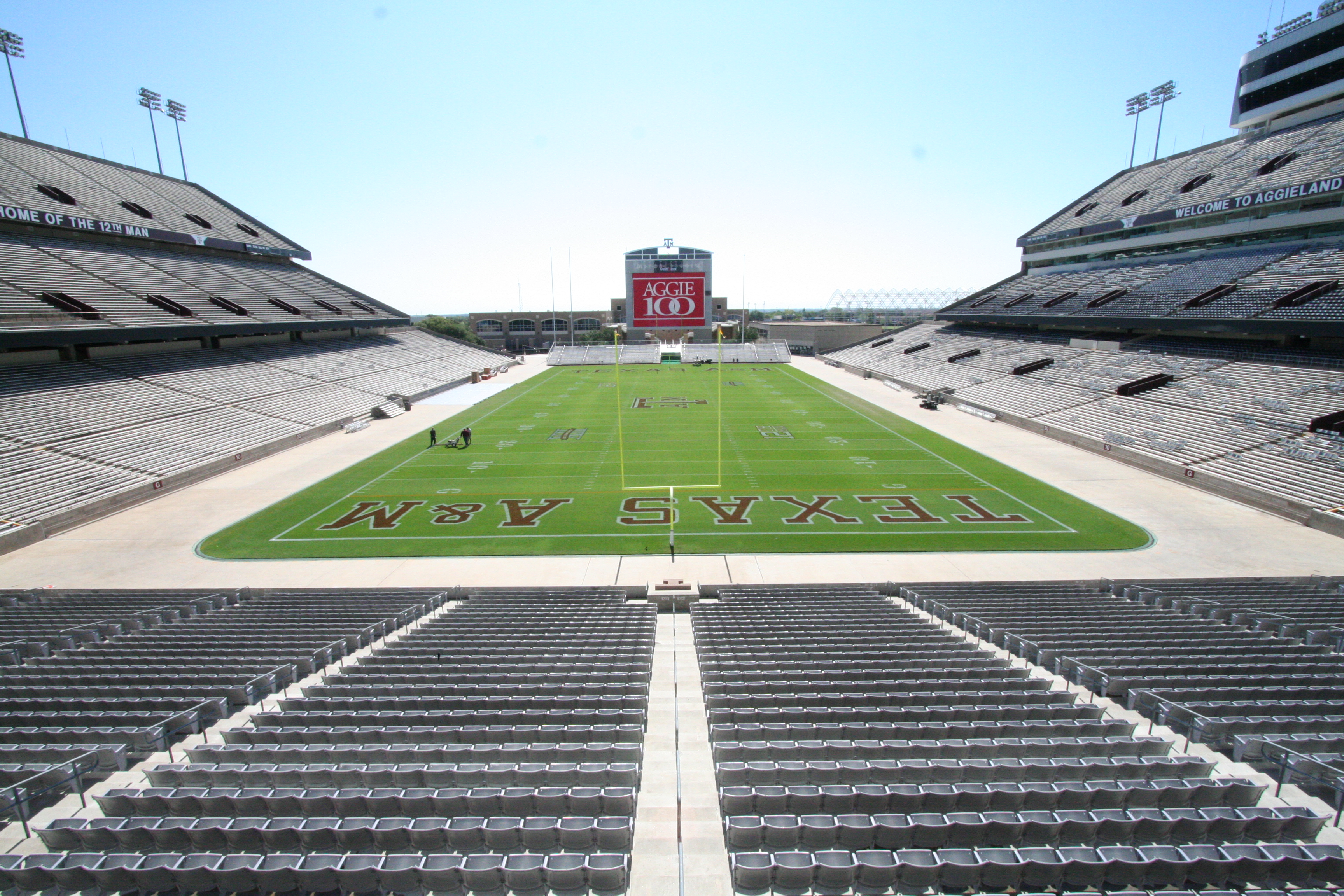
Kyle Field, located in College Station, Texas, is the proud home of the Texas A&M Aggies. Known as the "Home of the 12th Man," the stadium is famous for its passionate and dedicated fan base. Since its inception in 1927, Kyle Field has been a fortress for the Aggies, with its imposing structure and capacity of over 102,000 creating a formidable atmosphere for visiting teams. The tradition of the 12th Man, where the fans act as an additional player, is a testament to the unity and spirit of the Aggie community. The rivalry games, particularly against the University of Texas, are legendary, with Kyle Field serving as the epicenter of Aggie pride and tradition.
8. Sanford Stadium: Between the Hedges

Sanford Stadium, located in Athens, Georgia, is the iconic home of the University of Georgia Bulldogs. Known for its picturesque setting "Between the Hedges," the stadium offers a unique and intimate atmosphere for college football. Since its opening in 1929, Sanford Stadium has been the site of numerous memorable games, with the rivalry against Florida, known as the "World's Largest Outdoor Cocktail Party," being a highlight. The stadium's design and capacity of over 92,000 provide an electric environment, with fans passionately supporting their team. Sanford Stadium's history is one of tradition and excellence, making it a cherished venue in college football.
9. Autzen Stadium: Oregon's Thunderous Gem
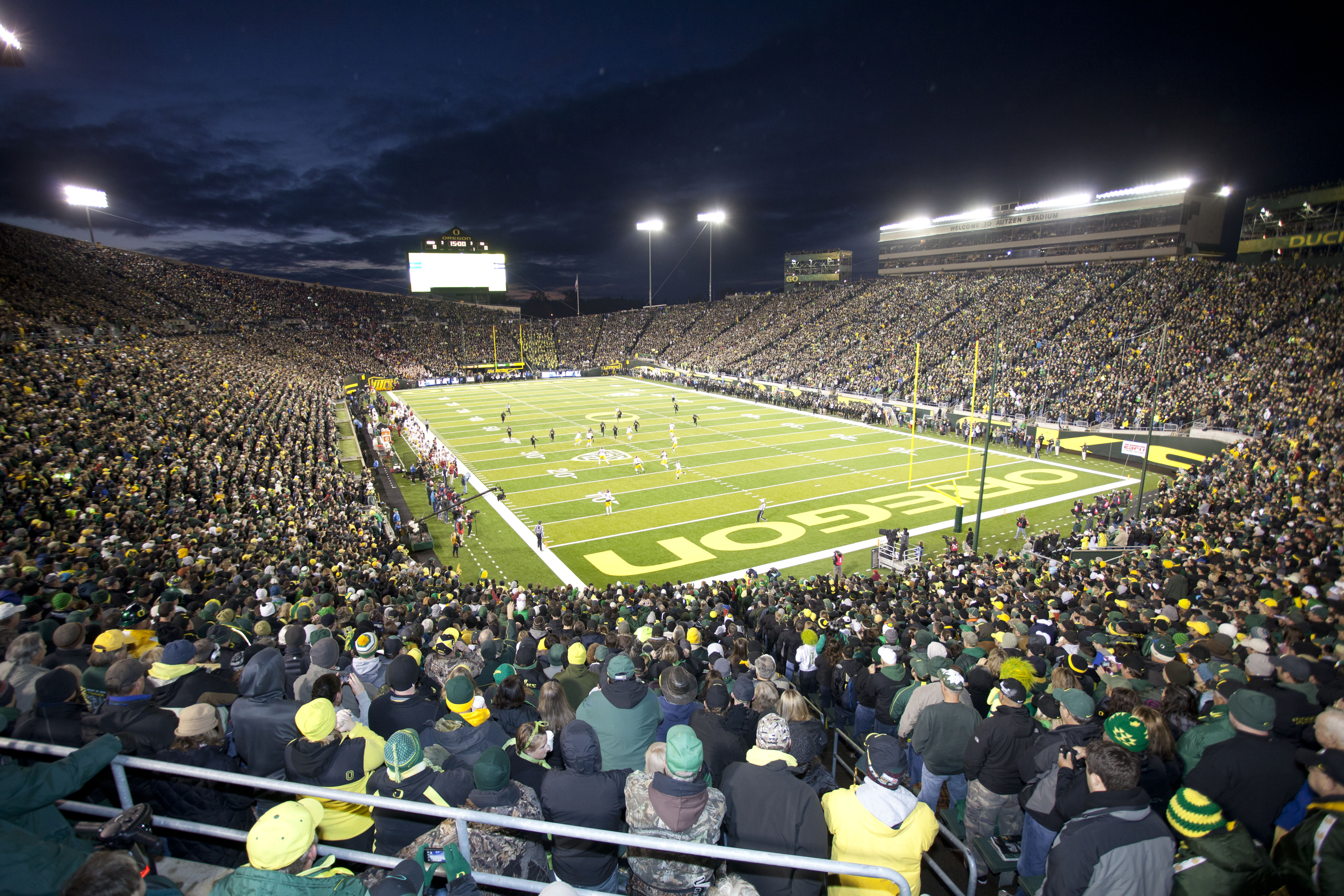
Autzen Stadium, located in Eugene, Oregon, is the thunderous home of the University of Oregon Ducks. Known for its deafening noise levels, Autzen Stadium is often described as one of the loudest venues in college football. Since its opening in 1967, the stadium has been a fortress for the Ducks, with its unique design and capacity creating an intimidating atmosphere for opponents. The rivalry games, particularly against Oregon State, are legendary, with the stadium coming alive with the roar of the crowd. Autzen Stadium's history is one of passion and perseverance, making it a revered site in the world of college football.
10. Bryant-Denny Stadium: Alabama's Pride
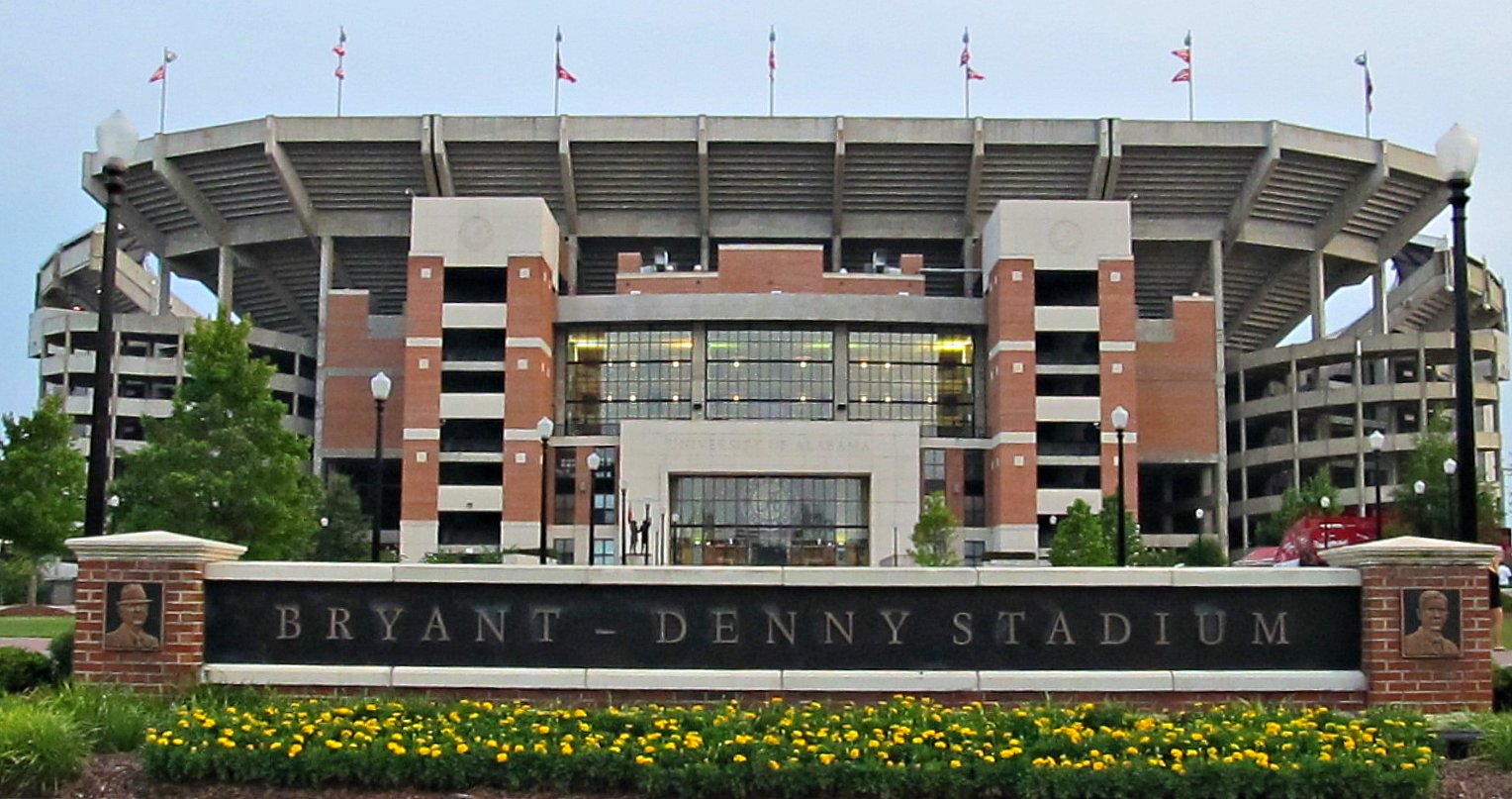
Bryant-Denny Stadium, located in Tuscaloosa, Alabama, is the proud home of the University of Alabama Crimson Tide. Since its opening in 1929, the stadium has been a symbol of Alabama's rich football tradition and success. With a seating capacity of over 100,000, Bryant-Denny Stadium provides an electric atmosphere for games, particularly the fierce rivalry against Auburn in the Iron Bowl. The stadium's history is steeped in tradition, with numerous national championships and legendary players contributing to its legacy. Bryant-Denny Stadium is not just a venue for football; it is a testament to the enduring spirit and excellence of Alabama football.
11. Camp Randall Stadium: Wisconsin's Historic Fortress
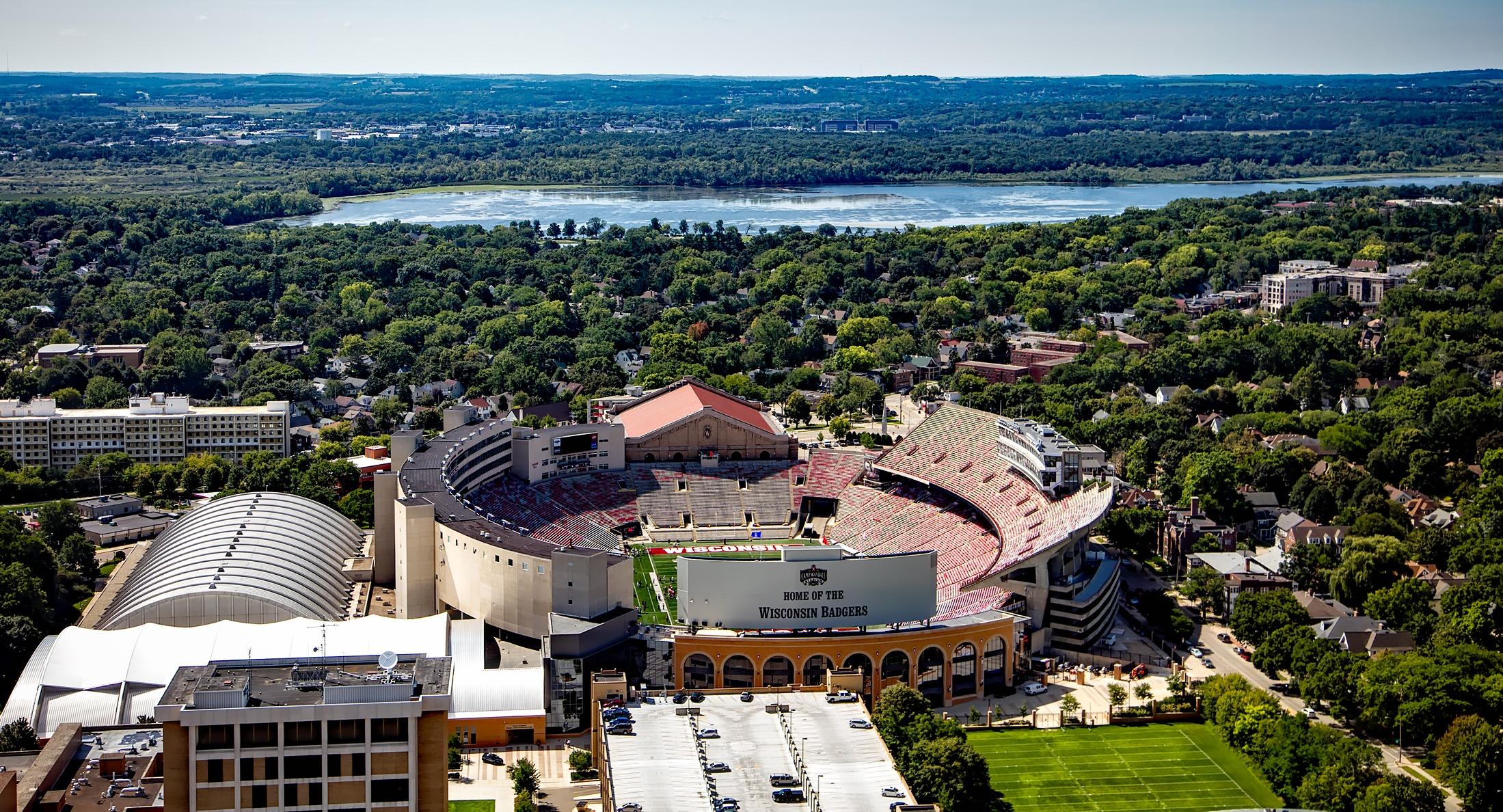
Camp Randall Stadium, located in Madison, Wisconsin, is the historic home of the University of Wisconsin Badgers. Built on the site of a former Civil War training camp, the stadium's history is as rich as its surroundings. Since its opening in 1917, Camp Randall has been a fortress for the Badgers, with its unique design and capacity creating a formidable atmosphere for visiting teams. The rivalry games, particularly against Minnesota, are legendary, with the stadium coming alive with the roar of the crowd. Camp Randall Stadium's history is one of passion and tradition, making it a revered site in college football.
12. Lane Stadium: Blacksburg’s Thunderous Battlefield
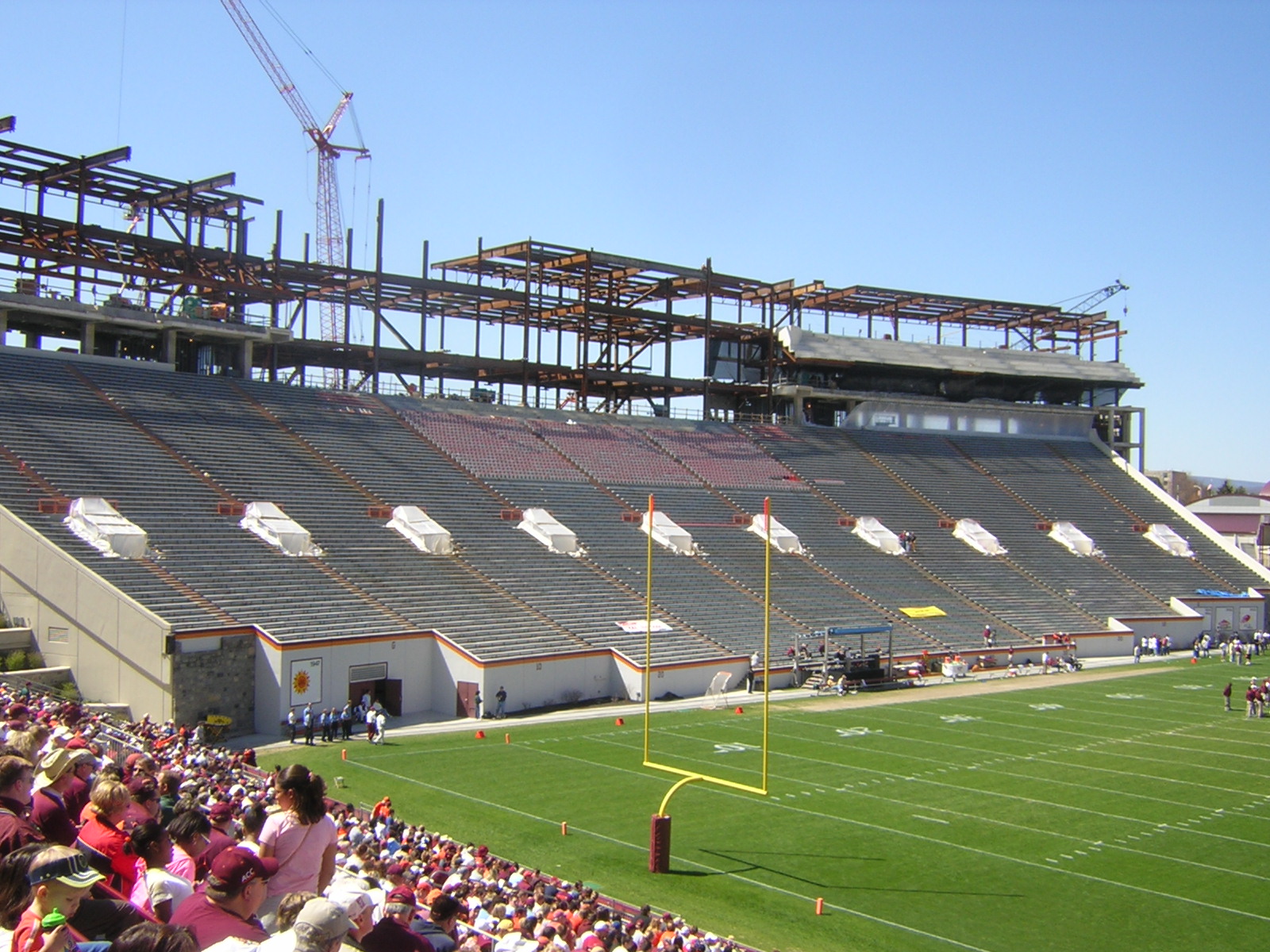
Lane Stadium, home to the Virginia Tech Hokies, isn’t the biggest stadium—but it might be the loudest. Nestled in the Blue Ridge Mountains, this Virginia venue becomes a seismic zone on game days. What makes it legendary? “Enter Sandman.” As Metallica’s anthem blasts and 65,000 fans jump in unison, the ground literally shakes. Night games in Lane are chaos incarnate, with cold mountain air, intense crowd energy, and a defense known for feeding off the noise. It’s not just football—it’s a full-body experience that transforms Lane into one of the most intimidating stadiums in the sport.
13. Boone Pickens Stadium: Grit and Glory in Stillwater
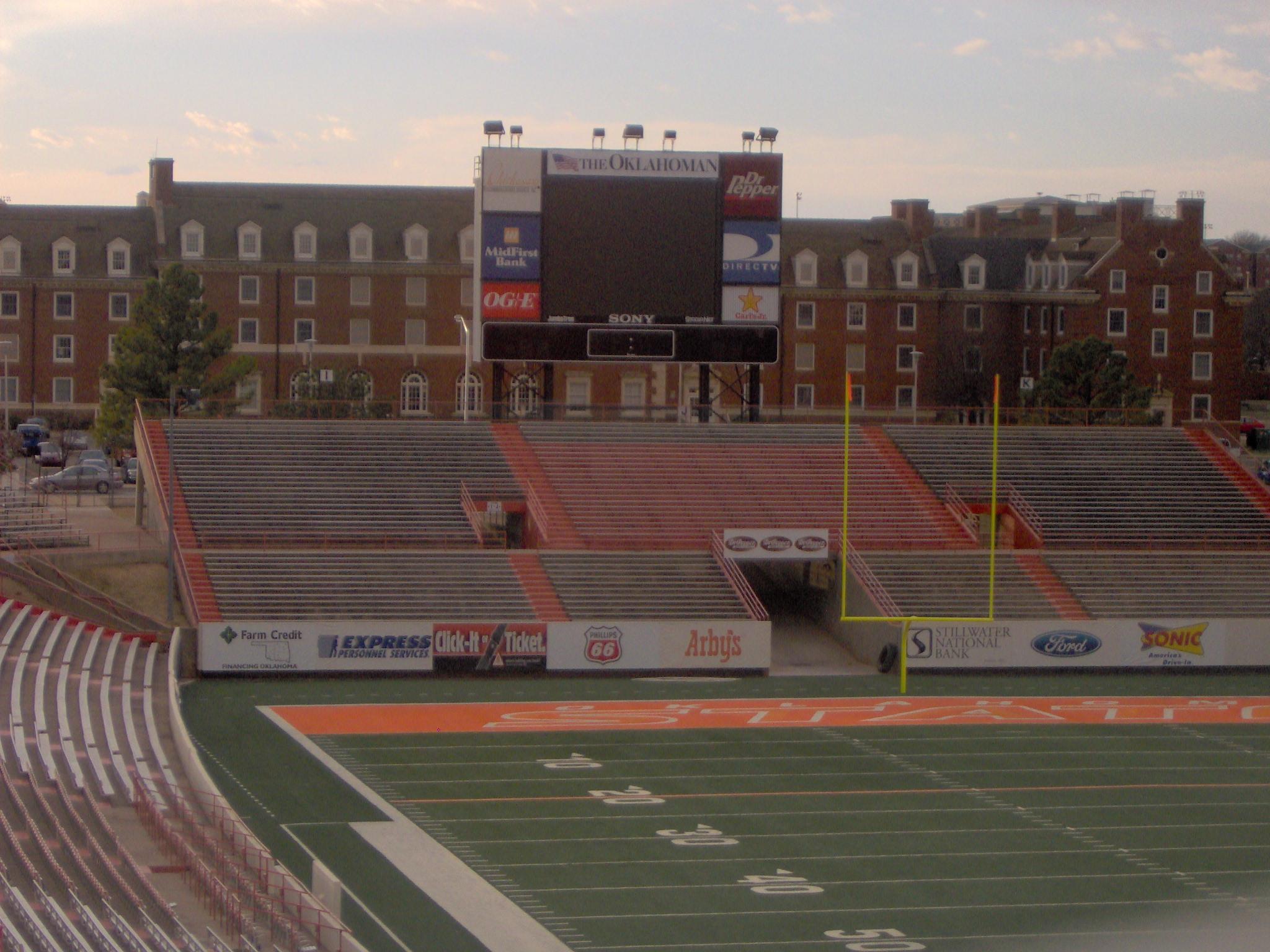
At the heart of Oklahoma State University sits Boone Pickens Stadium—a bold, brick coliseum that channels both cowboy grit and big-game energy. Though its capacity is smaller than some giants, what it lacks in size, it makes up for in attitude. Set against a backdrop of prairie skies, this stadium comes alive with the "Sea of Orange" on Saturdays. Recent upgrades gave it a sleek, modern edge while preserving its historic bones. Rivalry matchups against Oklahoma bring a fever pitch to the stands, making Boone Pickens Stadium a powerful example of how spirit, tradition, and noise define greatness.
14. Kinnick Stadium: Iowa’s Emotional Engine
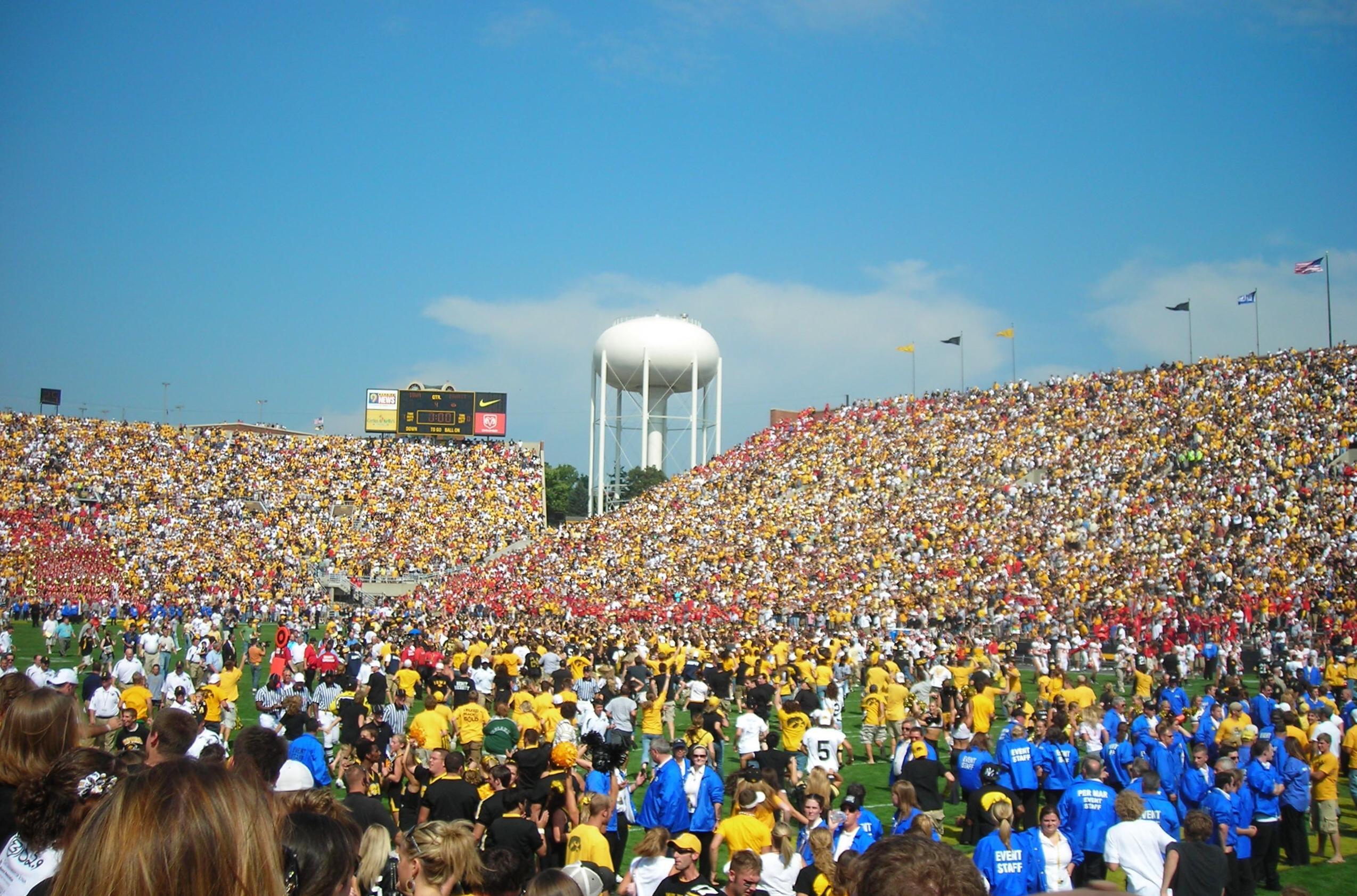
Kinnick Stadium in Iowa City is home to one of the most touching traditions in college football. Every game, at the end of the first quarter, 70,000 fans turn and wave to the young patients watching from the adjacent Stead Family Children’s Hospital. It’s called “The Wave,” and it’s pure heart. Beyond that, Kinnick is a fortress of Midwestern grit, where cold weather and relentless fans make it a challenging stop for opponents. Opened in 1929 and named after Heisman winner Nile Kinnick, the stadium blends historic reverence with a deeply human connection few other venues can claim.
15. Rice-Eccles Stadium: Elevation and Intensity in Salt Lake City

Rice-Eccles Stadium, home of the Utah Utes, proves altitude can be an advantage. Perched over 4,600 feet above sea level, this Salt Lake City venue gives the Utes both literal and figurative elevation over their rivals. Known for its crisp mountain air and breathtaking views, the stadium becomes especially electric during Pac-12 clashes or "Holy War" games against BYU. Despite a smaller capacity, the crowd brings the noise—especially in freezing late-season matchups. Renovated for the 2002 Winter Olympics, Rice-Eccles fuses modern design with high-altitude edge, delivering an atmosphere as intense as the peaks that surround it.
16. Spartan Stadium: Grit, Weather, and Legacy in East Lansing
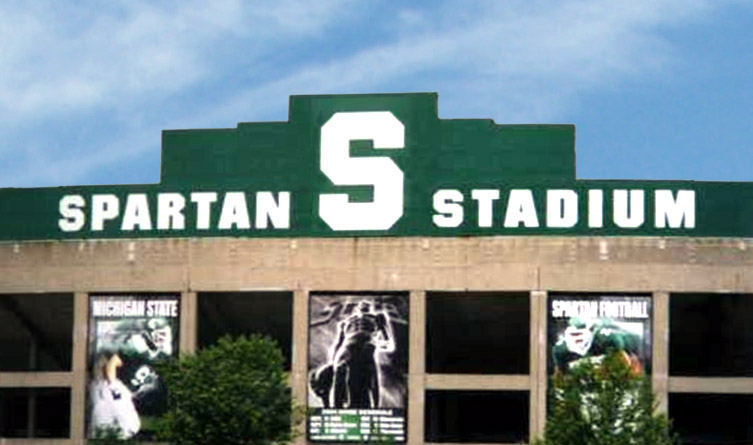
Michigan State’s Spartan Stadium is the embodiment of blue-collar football. Opened in 1923 and holding over 75,000 fans, it’s where Big Ten brawls unfold under gray skies and biting winds. There’s nothing flashy here—just grit, history, and fierce rivalries. The annual showdown with Michigan is especially bitter, often turning Spartan Stadium into a thunderous echo chamber of green and white defiance. With fans wrapped in parkas, voices hoarse from cheering, and the band’s fight song bouncing off steel bleachers, this is football in its rawest form. Spartan Stadium doesn’t beg for attention—it demands it, one tackle at a time.
Where Legends Roar: The Soul of College Football

These aren’t just stadiums—they’re sanctuaries of memory, passion, and unshakable pride. From the spine-tingling entrance at Lane Stadium to the emotional wave at Kinnick, each of these 16 iconic college football stadiums holds more than fans—it holds stories. Generations have screamed, wept, and risen to their feet in these arenas, where rivalries are reborn and traditions never die. It’s not about the biggest scoreboard or flashiest light show—it’s about what pulses beneath the turf: heart, history, and hometown glory. Whether you're standing in a sea of orange, shivering under gray Big Ten skies, or watching the sun set behind a mountain skyline, one thing is certain—college football lives here. So next time you hear a fight song cut through crisp autumn air, remember: you’re not just in a stadium. You’re in sacred ground, where every roar tells a story, and every seat holds the soul of Saturday.





